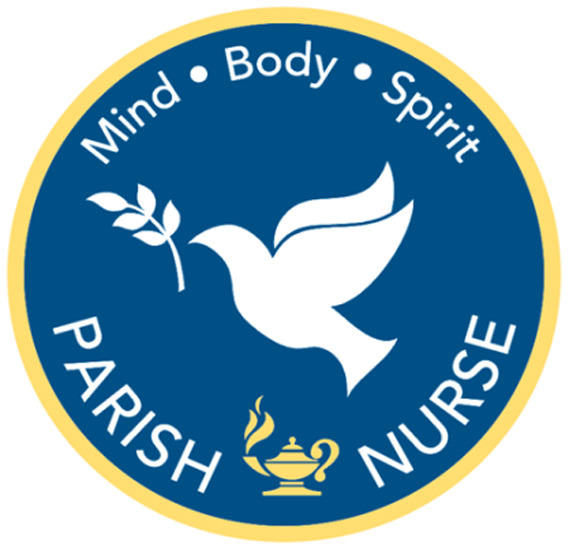Care for Your Eyes
More than 20 million Americans suffer from severe vision loss. The American Academy of Opthamology has dedicated March to educating us about things you can do to reduce vision problems. Not all diseases of the eye can be prevented, but the Academy relates several initiatives everyone can take to help eyes stay healthy and decrease the chances of vision loss in the future.
Wear sunglasses whenever sunlight is present year-round. Make sure the glasses are blocking 100% of UV-A and UV-B rays. Labels should indicate this. Direct sunlight hastens the formation of cataracts and causes eyelid skin to wrinkle and encourages the growth of cancerous and non-cancerous growths on the eye.
Tobacco smoking has been directly linked to age-related macular degeneration. This is a progressive disease of the eye that causes loss of vision in the retina. Statistical studies show that smokers and ex-smokers have a higher incidence of this disease and are also at increased risk for developing cataracts. Even non-smokers are at risk when exposed to second hand smoke. Researchers have also indicated people who eat diets rich in Vitamin C and E along with zinc, leutin, zeaxanthin and Omega three fatty acids are less likely to develop early and advanced macular degeneration. Diets rich in colorful fresh fruits and vegetables, vegetable oils, nuts, seeds and whole grain foods, eggs, meats, poultry and fish, especially salmon, will provide these nutrients.
Protect your eyes from injury. Wear protective eyewear when engaging in sports like hockey, basketball or during home repairs, cleaning or gardening. Opthamologists report 2.5 million eye injuries in the US each year.
Have a baseline eye exam to check for early eye disease. Learn about your family eye health history. Let your eye doctor set the interval between eye exams based on your family and personal health history. Develop a relationship with an eye care specialist and follow the advice they give.
Be attentive in the care and use of contact lenses. Sleeping in contacts not approved for night-wear, using saliva or water as a wetting solution, or using expired wetting solutions and contacts beyond their recommended wear, can cause severe pain and ulcers with vision loss.
Eye strain with dry eyes and fatigue can occur when doing computer work or close work. Use the 20-20-20 rule. Look away from your work every 20 minutes and look at an object 20 feet away for twenty seconds. See an eye doctor if fatigue and dry eyes are persistent.
Your vision is very important now, and in the future. Follow these steps to improve eye health throughout your life.
Pat Woerheide, RN


